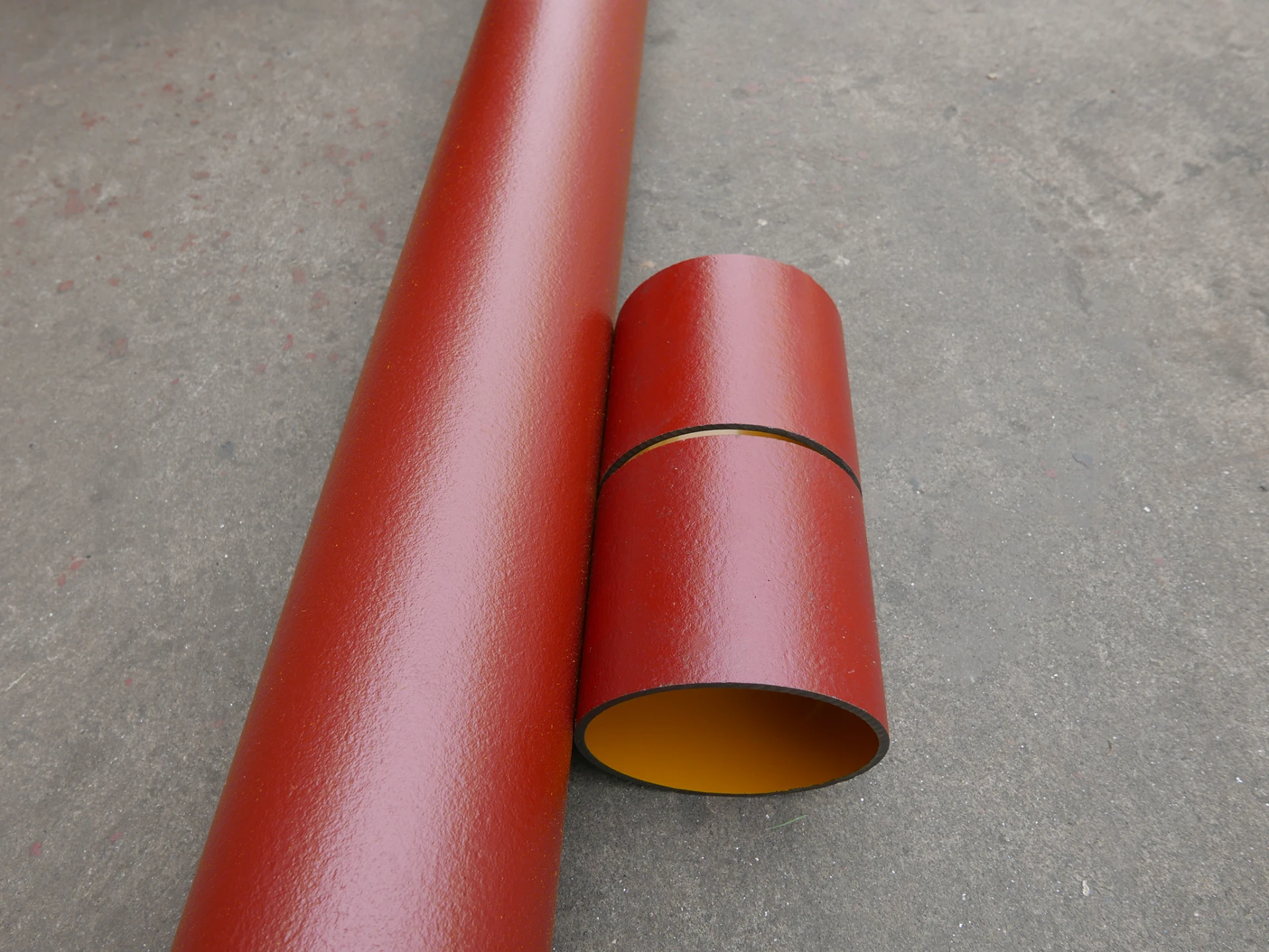- Afrikaans
- Albanian
- Amharic
- Arabic
- Armenian
- Azerbaijani
- Basque
- Belarusian
- Bengali
- Bosnian
- Bulgarian
- Catalan
- Cebuano
- China
- China (Taiwan)
- Corsican
- Croatian
- Czech
- Danish
- Dutch
- English
- Esperanto
- Estonian
- Finnish
- French
- Frisian
- Galician
- Georgian
- German
- Greek
- Gujarati
- Haitian Creole
- hausa
- hawaiian
- Hebrew
- Hindi
- Miao
- Hungarian
- Icelandic
- igbo
- Indonesian
- irish
- Italian
- Japanese
- Javanese
- Kannada
- kazakh
- Khmer
- Rwandese
- Korean
- Kurdish
- Kyrgyz
- Lao
- Latin
- Latvian
- Lithuanian
- Luxembourgish
- Macedonian
- Malgashi
- Malay
- Malayalam
- Maltese
- Maori
- Marathi
- Mongolian
- Myanmar
- Nepali
- Norwegian
- Norwegian
- Occitan
- Pashto
- Persian
- Polish
- Portuguese
- Punjabi
- Romanian
- Russian
- Samoan
- Scottish Gaelic
- Serbian
- Sesotho
- Shona
- Sindhi
- Sinhala
- Slovak
- Slovenian
- Somali
- Spanish
- Sundanese
- Swahili
- Swedish
- Tagalog
- Tajik
- Tamil
- Tatar
- Telugu
- Thai
- Turkish
- Turkmen
- Ukrainian
- Urdu
- Uighur
- Uzbek
- Vietnamese
- Welsh
- Bantu
- Yiddish
- Yoruba
- Zulu
Nov . 10, 2024 15:26 Back to list
China's Leading Investment Casting Manufacturers and Their Innovative Technologies
The Rise of Investment Casting Factories in China
Investment casting, also known as lost-wax casting, is a manufacturing process that has gained significant traction worldwide over the past few decades. Among the leading players in this industry, China has established itself as a dominant force, boasting numerous investment casting factories that produce a vast range of high-quality components for various sectors. This article examines the growth of investment casting factories in China, the advantages they offer, and the future prospects of this industry.
The Growth of Investment Casting in China
The investment casting process dates back thousands of years but has evolved considerably with advancements in technology and materials. In China, the investment casting sector began to flourish in the late 20th century, coinciding with the country’s rapid industrialization and economic reforms. Today, China is home to thousands of investment casting factories, ranging from small workshops to large-scale manufacturers, producing millions of components annually.
One major contributing factor to this growth is the increasing global demand for precision components. Industries such as aerospace, automotive, and medical equipment require parts that not only meet stringent quality standards but can also be produced at a competitive cost. Chinese investment casting factories have successfully leveraged their advanced manufacturing technologies and skilled labor force to meet these demands while maintaining affordability.
Advantages of Chinese Investment Casting Factories
Chinese investment casting factories offer several advantages that have attracted domestic and international clients alike
1. Cost Efficiency One of the primary reasons for the growth of investment casting in China is the cost advantage. Low labor costs, coupled with economies of scale, allow Chinese manufacturers to offer competitive pricing without compromising quality.
2. Technological Advancement Many Chinese casting factories have invested heavily in modern equipment and processes, adopting the latest technologies in casting, machining, and quality control. This commitment to innovation has enhanced production efficiency and product quality.
china investment casting factories

3. Skilled Workforce China possesses a large pool of skilled workers who are adept at handling various casting processes. Continuous training and education initiatives in the manufacturing sector have further raised the skill level of the workforce, ensuring high-quality output.
4. Rapid Turnaround The efficient supply chain infrastructure in China allows for quick order fulfillment. This is particularly important for industries that operate on tight timelines and require fast production cycles.
5. Diverse Material Options Chinese investment casting factories are capable of producing components from a wide range of materials, including stainless steel, aluminum, bronze, and titanium. This versatility enables them to cater to the specific needs of different industries.
Challenges Faced by the Industry
Despite the numerous benefits, Chinese investment casting factories face several challenges. One of the most significant is the pressure to maintain quality while scaling up production. As demand increases, ensuring consistency and precision can be difficult. Additionally, environmental regulations are becoming more stringent, necessitating investments in cleaner technologies and processes.
Moreover, competition is intensifying, both domestically and globally. Manufacturers not only vie against each other but also face competition from emerging markets that are beginning to develop their own investment casting capabilities. Adapting to these dynamics will be crucial for the long-term success of Chinese investment casting factories.
Future Prospects
Looking ahead, the future of China’s investment casting industry appears promising. The continuous growth of key sectors such as automotive and aerospace, coupled with technological advancements, suggests that demand for investment casting components will remain robust. The shift towards sustainable practices, including the use of eco-friendly materials and processes, is also likely to shape the evolution of investment casting in China.
In conclusion, Chinese investment casting factories have positioned themselves as key players in the global market by leveraging cost efficiencies, technological advancements, and a skilled workforce. While challenges remain, the prospects for this industry look bright, driven by ongoing innovation and the growing needs of various sectors. As technology advances and new opportunities arise, China will likely continue to be at the forefront of investment casting for years to come.
-
Premium Cast Iron Water Main Pipe: Durable, Corrosion-Resistant
NewsAug.03,2025
-
Durable Cast Iron Water Mains | AI-Optimized Systems
NewsAug.02,2025
-
High-Efficiency Propane Boiler for Baseboard Heat | Save Energy
NewsAug.01,2025
-
Premium Source Suppliers for Various Gray Iron Castings
NewsJul.31,2025
-
Durable Cast Iron Water Main Pipes | Long-Lasting
NewsJul.31,2025
-
High-Quality Cast Iron Water Main Pipe for Durable Infrastructure
NewsJul.30,2025


